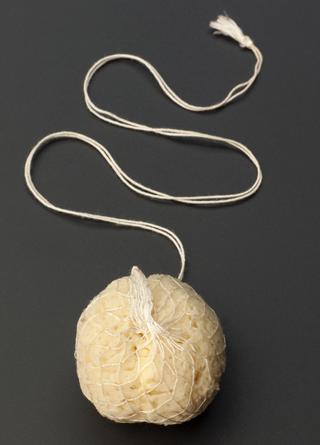
Selection of five plastic petri dishes, three circular, one square and one plastic, sample tube with screw top, 'Nung' and 'Falcon' brand, unsigned, Europe, 1999. Used to incubate embryos in the IVF process.
On 25 July 1978, Louise Brown was born, becoming the first baby conceived and born after IVF treatment. This breakthrough came from years of groundbreaking research by Robert Edwards, Jean Purdy, and Patrick Steptoe. During IVF, eggs are fertilised with sperm outside of the body and then the resulting embryos are transferred to the uterus. Since the 1970s, many innovations have made the IVF process more efficient and effective. In 1980, Edwards, Purdy, and Steptoe reported a success rate of 6%, whereas in 2019, the success rate of IVF treatment in the UK for under 35s was 32%. However, there is a postcode lottery when it comes to receiving IVF treatment on the NHS, and many people have to pay for private treatment. It can also take several cycles of IVF to be successful and can often be mentally and physically challenging.
While the phrase “test tube baby” is often used in the media and popular culture to refer to IVF, actually petri dishes like this are used at many key stages of the IVF process. This includes when the egg is fertilised with sperm. Fertilised eggs are also incubated in petri dishes allowing them to develop before they can be implanted in the uterus as the final stage of an IVF cycle or frozen for use in future treatment.
Details
- Category:
- Obstetrics, Gynaecology & Contraception
- Object Number:
- 2002-383
- Materials:
- plastic (unidentified)
- Measurements:
-
overall: .055kg
- type:
- petri dish
- credit:
- Institute of Obstetrics and Gynaecology




